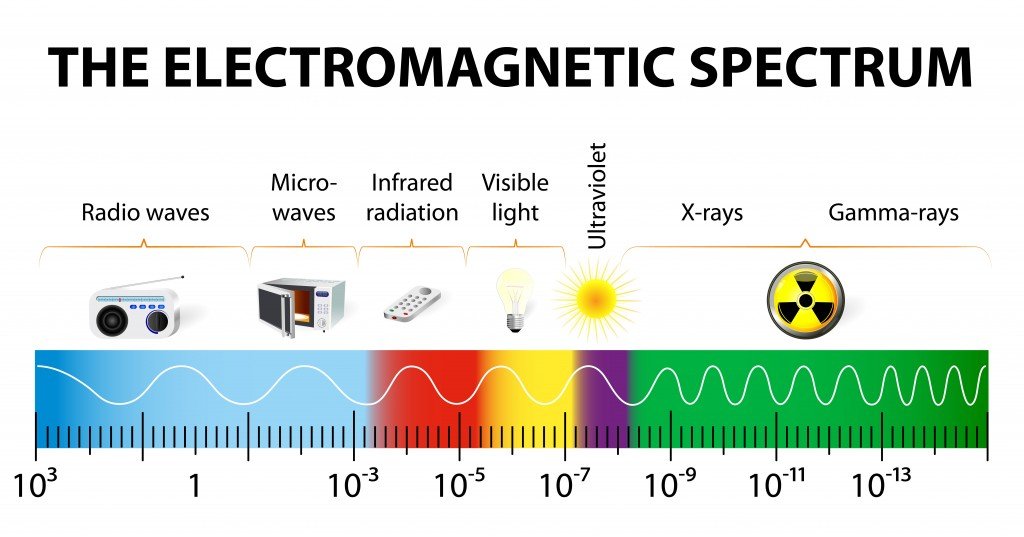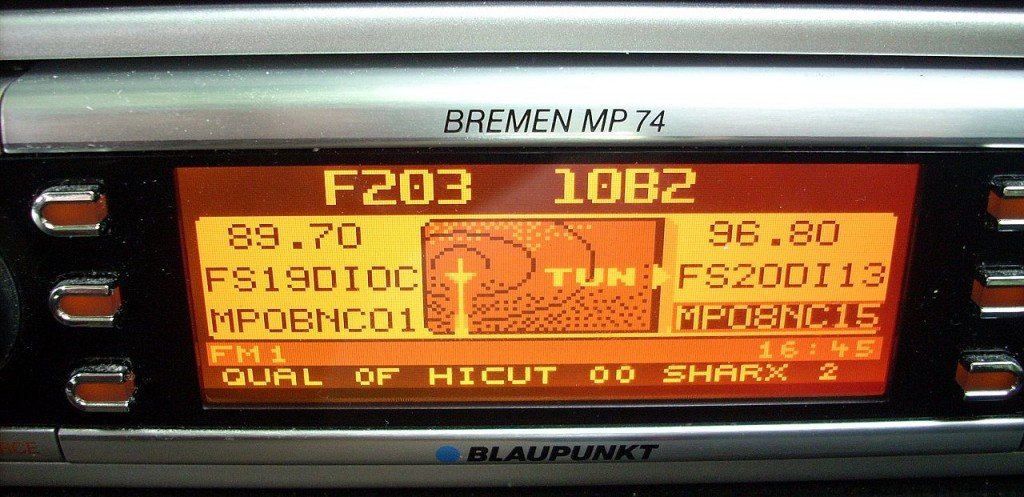Table of Contents (click to expand)
The song name is displayed on the radio with the help of a specific communications protocol called the Radio Data System, which embeds small bits of information in FM broadcast signals.
If you’ve ever paid attention to your car radio, more specifically, to its display, then you probably noticed that while playing music in a newer car, the display shows the name of the song, the name of the artist and the album, along with the name of the radio station. These details are also updated as soon as the song changes.
Have you ever wondered how these details are broadcast via radio?
Before we delve any deeper, we need to back up a bit and understand a thing or two about how radio works.
How Does Radio Work?
Radio, in common language, is usually thought of as a gadget that plays songs and delivers news and weather updates. However, from a technical standpoint, radio is the name of the technology that uses radio waves to wirelessly transmit information through space. Radio waves are a part of the electromagnetic spectrum, which is an umbrella term for all the frequencies of electromagnetic radiation.

Visible light – the light that helps us see and perceive things – is also a part of the electromagnetic spectrum; UV, Infrared and Gamma rays are some of the other elements, each of which has their own applications.
Transmission Of Information Through Radio Waves
Radio waves have the ability to carry information with them, and therefore have numerous applications in our world. Communication on mobile phones, wireless Internet connectivity through WiFi, data connection on smartphones, our ability to be constantly in touch with the crews of spacecraft and probes that are thousands of kilometers away from Earth, and a number of other things only work because of radio waves.
Suppose you’re the owner of a radio station and you want to send a radio signal (also called an ‘input signal’ or ‘information signal’, as it contains audio information in the form of music, human voices etc.) to all your listeners. To do that, you need to superimpose your input signal onto a ‘carrier wave’, since your input signal is not powerful enough to travel hundreds of miles on its own. If you own a music station, you are almost certainly going to use FM or Frequency Modulation, wherein the frequency of the carrier wave is modified in accordance with the amplitude of the input signal.

On the other hand, you are more likely to go with AM or Amplitude Modulation if you own a news station. You can read about the differences between FM and AM in detail here.
Also Read: What’s The Difference Between AM And FM Radio Waves?
How Do Car Radios Display Textual Information?

As mentioned earlier, radio waves have the ability to carry information along with them. It works like this: every radio station is provided with a range of frequencies (bandwidth) on which they can broadcast their content. However, the information that stations generally need to transmit does not require all of it; out of the total frequency range of 57 kHz, a small amount is used to send additional information in small bursts, such as the details of the song that is currently playing, news, weather updates and traffic bulletins (Source).
This sort of information transmission in radios is carried out through a communications protocol standard called Radio Data System (RDS). It is a protocol that allows broadcasters to send much more than just their analog audio signal through radio waves. Some of the most common types of transmitted information that RDS standardizes are time, station details, program and music information, and news and traffic bulletins.

It originally began in Europe as a project of the European Broadcasting Union, but has now become an international standard of the International Electrotechnical Commission and is used in many countries around the world. Note that the US version of the RDS is officially referred to as RBDS (Radio Broadcast Data System).
Also Read: How Do Space Probes Send Signals To Earth?
Usage Of RDS In Other Appliances To Control Electricity Consumption
In addition to radios, this RDS technology could be used in many other appliances, including clothes dryers, water heaters, swimming pools, dishwashers etc. It would facilitate time-based pricing to exercise better control of electricity consumption during periods of high usage (when the cost of electricity is higher). It would also assist in better load management for electricity grids.
It could also help public service broadcasters break in on commercial radio transmissions to broadcast emergency warnings, which could prompt the rapid dispersal of very urgent news to the masses in an effective way.
Looking at the little bursts of information flashing on the display of your car radio, did you ever realize that the technology behind it could significantly help energy conservation or save lives in the event of a disaster? Probably not, but you will now!
How much do you know about the songs that car radios play?

